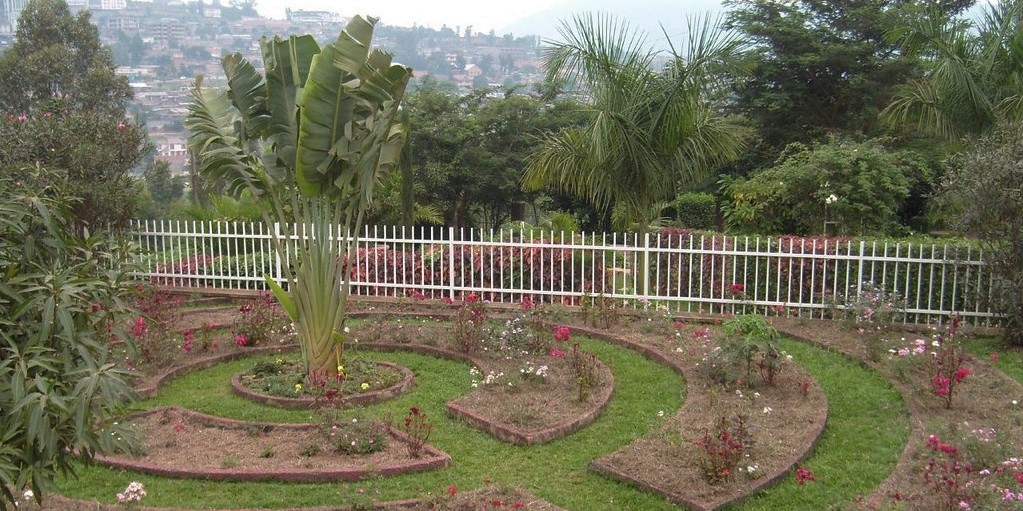
Memory and destiny go together. The more resilient, defiant and empowered memory is, the more assured the future is. This is what history narrates and what the storytellers say. Though time and location changes, perpetrators of violence change, language or race of the victim changes, story remains the same. It is about power and its brutality. The power’s fear of memory.
More than forty years ago, Czech-born French novelist, essayist and poet had famously observed in his novel The Book of Laughter and Forgetting that the first step in liquidating a people is to erase its memory. Destroy its books, culture and its history. Then have somebody write new books, manufacture a new culture, invent new history. Before long the nation will begin to forget what it is and what it was. “The world around it will forget even faster…The struggle of man against power is the struggle of memory against forgetting”.
The memorials and museums for peace are clearly in the forefront in this struggle between memory and power.
Unlike the war museums which are everywhere and which glorify power, war and militarism, peace memorials and museums try to build peace by healing historical wounds. They form a bridge between the past, present, future and between natural science, humanities and social science. In addition, they bring into sharp focus the horrors of war and violence, and memorialize peace heroes and peace events. Over the years, different varieties of peace memorials and museums have been established. They are, as it were, redefining what UNESCO has been emphasizing, “A peaceful way of living together”.
These memorials and museums are in existence as solid peace exhibiting facilities housed in concrete and visible buildings for more than a century. As eminent peace museum scholar Peter van den Dungen points out, the world’s first peace museums had emerged just before and after the first world war. In fact, the International Museum of War and Peace, founded at Lucerne in Switzerland by the Polish entrepreneur and peace researcher Jan Baloch (1836-1902), and opened in 1902, was the first such museum. It projected the brutal reality of war. However, it couldn’t prevent the first world war from arriving. A few years after the war, in 1925, the Anti-War Museum was opened in Berlin. It was founded by Ernst Friedrich (1894-1967), an artist, educator and peace activist. This museum was destroyed by the Nazis as soon as they came to power. Both museums projected not only the horrors of war, but also suggested many ways as to why and how war can be avoided and abolished.
It was, however, after the second world war, especially after the establishment of the Nagasaki Atomic Bomb Museum (1955) and Hiroshima Peace Memorial Museum (1955) that the idea of memorials and museums for peace gained wider recognition and popular support in Japan and abroad. Ever since, their number has steadily increased. In his article on ‘ Peace Education: Peace Museums’ published in 1999, Peter van den Dungen lists 35 such museums – one third of them in Japan. About a decade later, another leading peace museum scholar Kazuyo Yamane, listed 100 peace museums worldwide, out of which 52 were in Japan. In 2020, a study entitled Museums for Peace Worldwide, edited by Yamane and Professor Ikuro Anzai was published. Providing latest figures and information about peace museums in different countries and different regions, this important study indicates the growing worldwide interest in memorials and museums for peace, and suggests that the idea is now galloping into a movement.
A number of factors have contributed to the popular appeal and acceptance of memorials and museums for peace as sites of peace education. Among these, the contribution of the International Network for Museums for Peace (INMP) cannot be underestimated. The INMP was created at the first international conference for peace and anti-war museums held in Bradford in UK in 1992. Since then, the INMP has regularly organized international conferences and covered various themes relating to memorials and museums for peace. In September 2020, it organized its tenth international conference at the Kyoto Museum for World Peace in Japan. Over the years, Prominent peace scholars have considerably strengthened the academic and research resources of peace memorials and peace museums studies. As a result, these sites have emerged as important centres of peace education and research, and vibrant sites, preserving, exhibiting, and promoting peace.
Equally important, memorials and museums for peace are no longer just anti-war sites. Their reach has extended to all possible areas of human concern including genocide, human rights, state terrorism, extremism, inequality, racism, women and children’s rights, art for peace, and so on. In addition, there are the memorials and museums for peace which highlight the contribution of peace heroes like Gandhi, Martin Luther King, Jr., Nelson Mandela, Salvador Allende, Ho Chi Minh, and those which project the contribution of institutions like the Nobel Peace Centre in Oslo, International Red Cross and Crescent, Geneva, Dayton Peace Museum in Ohio, Peace Museum in the Hague and scores of other peace sites.
All of these memorials and museums for peace are a tribute to the struggle for peace, justice and rights, and an expression of resolve that power will not be allowed to destroy the human dreams and memories.
Professor Syed Sikander Mehdi is a veteran member of the International Peace Research Association, Senior Advisor to the International Network of Museums for Peace (INMP), former Chairperson of the Department of International Relations, University of Karachi and a leading peace scholar from Pakistan.
Image of Rwanda Memorial Gardens by Robin Kirk on Flickr